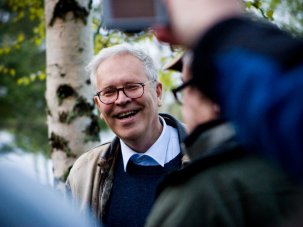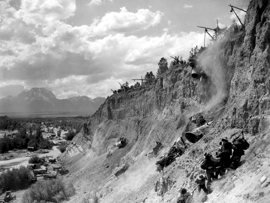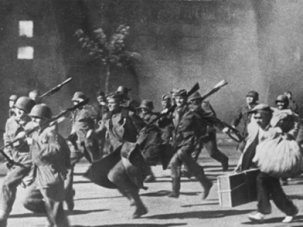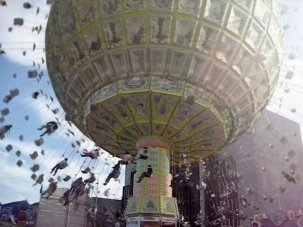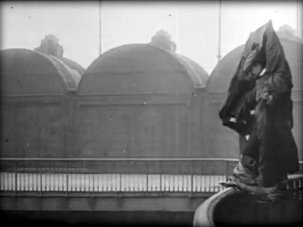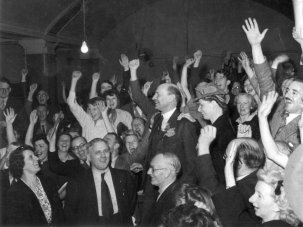from our January 2014 issue
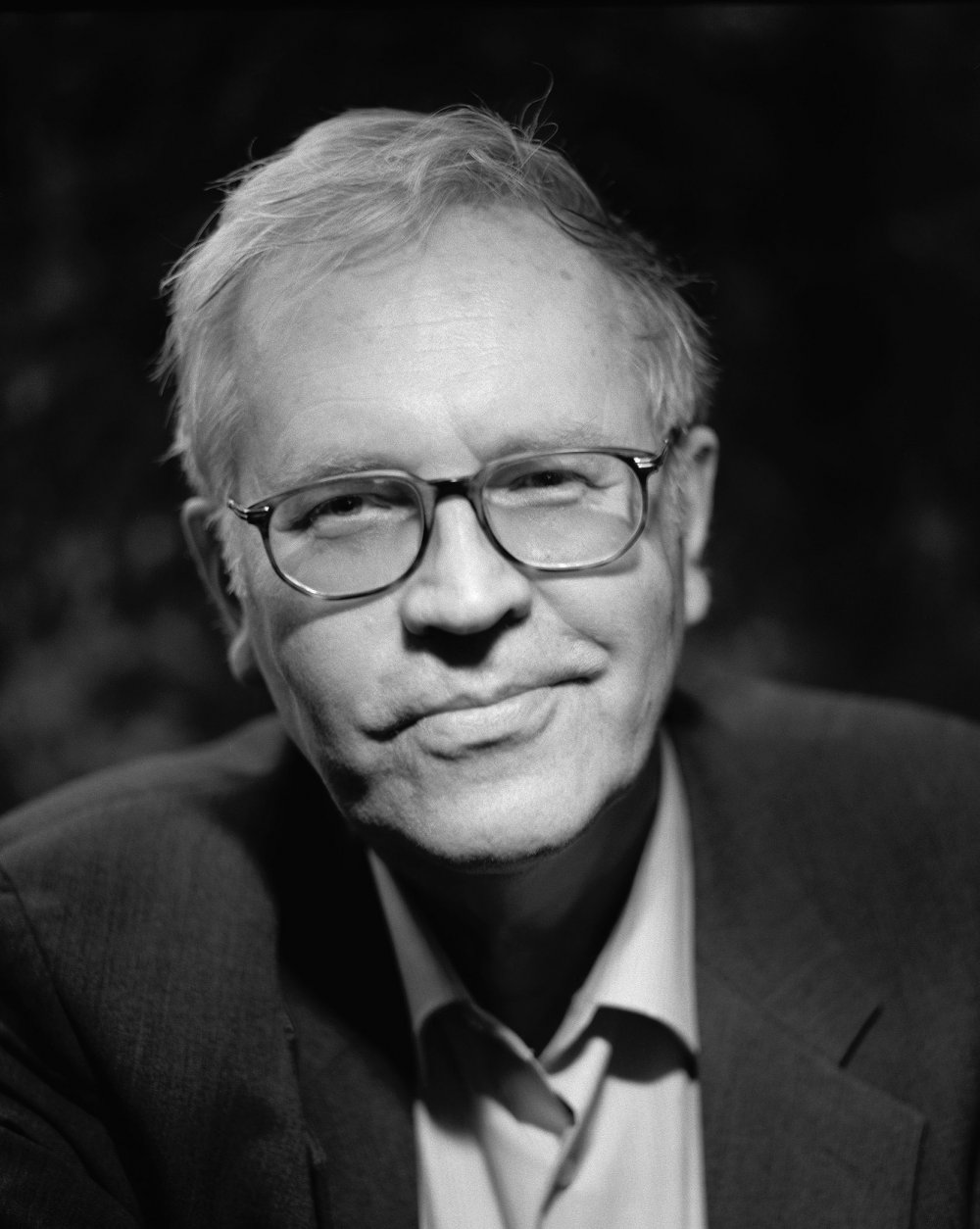
Peter von Bagh
Credit: Heini Lehväslaiho
That Saturday afternoon in April the weather was pretty ugly even by Oulu standards. Still, the big, uninviting multiplex was packed with people looking forward to the world premiere of Remembrance, A Small Movie About Oulu in the 1950s (Muisteja – Pieni elokuva 1950-luvun Oulusta), the latest film by one of the city’s greatest adopted sons, Peter von Bagh.
Quite a few of the senior attendees had gone to school with the director here in central Finland in an era when the nation was still recovering from World War II. The younger ones, meanwhile, had grown up with him on television and radio, where he introduced them to the classics of cinema, always sending them off on their voyage of discovery with a casual “Antoisaa elokuvailtaa” (“Have a very enjoyable film night”).
Everyone present probably owned at least one of his books because he was responsible for nearly every standard Finnish tome on international film history. He also wrote a host of major works on popular music and theatre, and published other authors. As a result, von Bagh is an institution in the cultural life of post-war Finland, a maker and shaper of manners and ideas, a dreamer and fighter, a pathfinder and path-breaker; a man of quick wit whose sarcastic quips are famous, and whose ire nobody in his right mind would want to provoke. He’s also that rarest of creatures, a man of the people.
Four months later on another Saturday afternoon – an uncommonly beautiful one for mid-September – another smaller screening venue is packed: the Orion, the Finnish Audiovisual Archive’s exquisite cinema in the heart of Helsinki. Up one block is the Corona Bar – whose status as the unofficial centre of the country’s film culture is an open secret – and its legendary annex, Cafe Mockba; the evenings to come will inevitably end here – albeit without von Bagh, who is being celebrated over this weekend after turning 70 on 29 August.
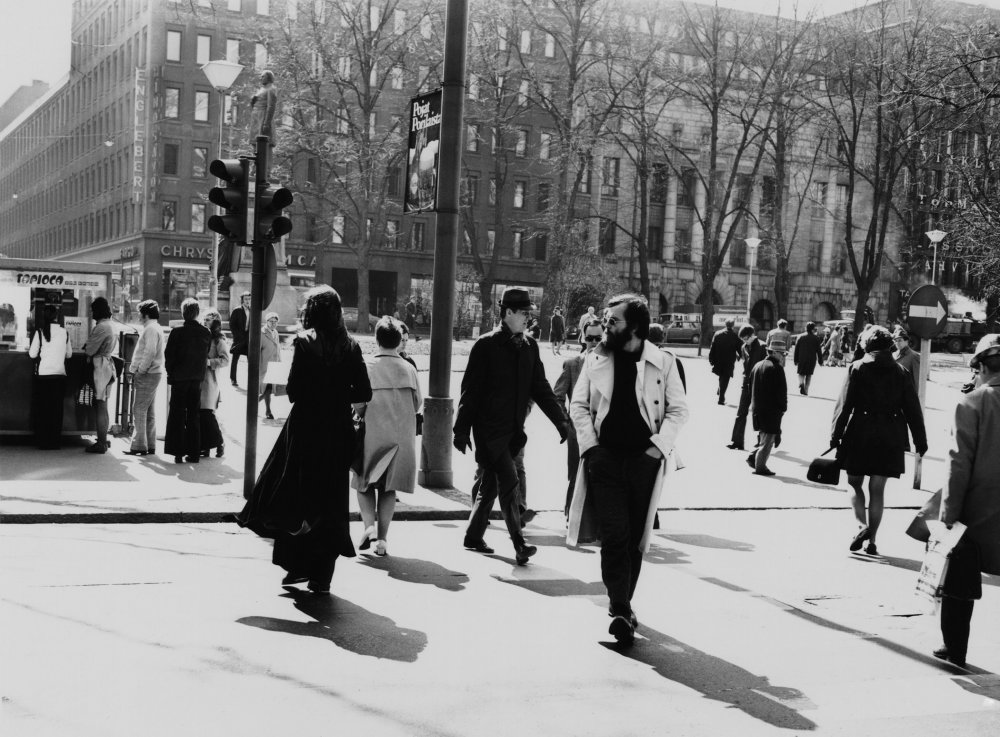
Helsinki Forever (2008)
Credit: National Audiovisual Archive, Finland
To honour the occasion, the Risto Jarva Society have organised a von Bagh symposium, which isn’t just attended by old comrades from the 60s but by younger talents and celebrities too. This is not unexpected: as the co-founder and organiser of the Midnight Sun Film Festival, von Bagh has helped create a close-knit cinephile community. Going way up north to its venue in the tiny town of Sodankylä to watch films 24 hours a day for five days in a row has become a ritual in certain quarters of Finnish society. And Sodankylä is not like any other festival. By attending, one becomes part of a history, a link in a chain, in which the cinema of the past is a mighty presence, never oppressive, but cherished and accorded the respect it deserves. The Midnight Sun Film Festival is a commitment, nothing less. Laura Birn, one of Finland’s major young actresses, came for years as a volunteer, and still returns to watch films and hang out; colleagues of hers, such as Ville Virtanen, make themselves useful as minders for some of the attending celebs.
The two days of von Bagh celebrations at the Orion were like an extension of Sodankylä, which itself feels like an extension of a past world one got a glimpse of in a home movie shot by Erkki Kurenniemi that was screened as part of the symposium. It shows a pleasantly rowdy 60s gathering populated by many of the people who would shape Finnish arts and public life in the decades to come. In the midst of it all is von Bagh.
To witness the von Bagh phenomenon at home is quite an experience for a foreigner like myself, although it doesn’t come as a complete surprise for it’s simply the more intimate, family-sized version of what one has come to know from abroad. If, in its best moments, Bologna’s Il Cinema Ritrovato festival feels like an eight-day party with your favourite crowd, it’s because of the way von Bagh, as the event’s artistic director, runs the show. He keeps the sense of community and camaraderie alive, remaining ever-present, ever-accessible and ever-enthusiastic about what he’s just seen, whether it’s an old favourite that continues to get better with each viewing, or something new that has opened up unexpected horizons.
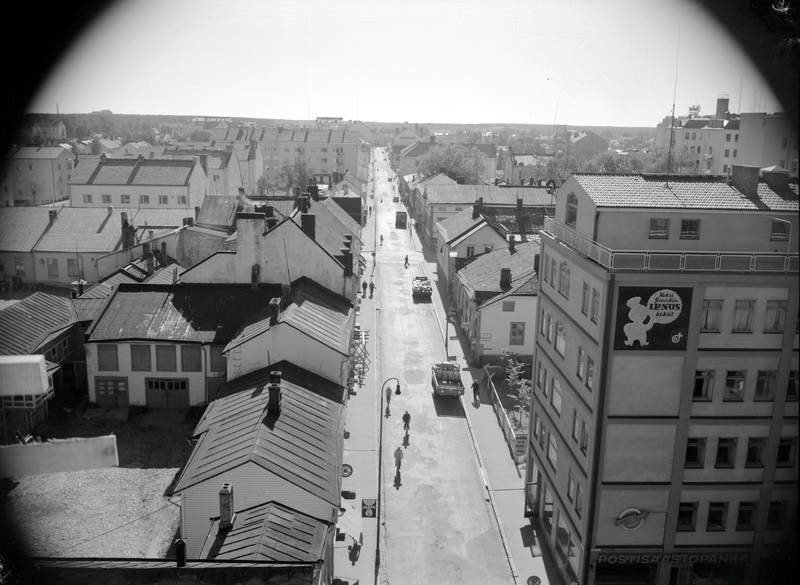
Remembrance: a Small Movie About Oulu in the 1950s (Muisteja – Pieni elokuva 1950-luvun Oulusta, 2013)
Then again, it is also painfully obvious how little he is known beyond the borders of the Finnish-speaking world: barely any of his writings have been translated, and until recently, almost none of his several dozen films were available with subtitles. Bewilderingly enough, the films were also barely appreciated back home. People knew von Bagh made documentaries but it seems they were looked upon mainly as an extension of his writings.
Von Bagh started out as a writer. As a schoolboy in Oulo he was already writing about cinema; he wasn’t even of age then and may have written about things he shouldn’t have seen in the first place (it would fit the legend). Remembrance suggests that the cinema was an escape for the thoroughly unhappy young Peter: because of his father’s work they had to leave Helsinki, his birthplace, and move north, where he felt lost and utterly at odds with the world. Watching films was a way out. Cinema became a world he could explore and chart. It would also offer him a way to construct a sense of home for himself – his very own Finland. One could add here that part of von Bagh’s family is St Petersburg-German and in an essentially provincial place like Oulu, this can make you even more of an outsider.
When von Bagh returned to Helsinki for his studies, he soon became part of the circle around Risto Jarva, arguably the most influential auteur of Finland’s New Wave. Back then, Jarva had yet to make his feature debut, but when he and Jaakko Pakkasvirta finally made Night or Day (Yö vai päivä, 1962), guess who can be spotted in the back of one scene.
By the late 1960s and early 70s, von Bagh was an acknowledged author of books on the cinema, but he also wrote several screenplays for both Jarva and Pakkasvirta. He also made his first shorts, which form something of a link between the tiny universe of Helsinki underground cinema and the wider Finnish new wave establishment.
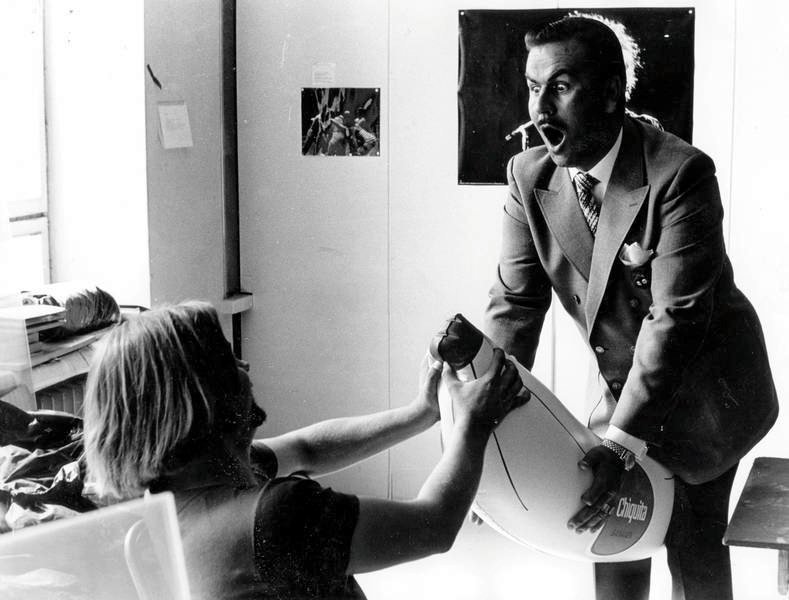
The Count (Kreivi, 1971)
Credit: National Audiovisual Archive, Finland
The year 1971 saw the release of The Count (Kreivi), his first feature film and his lone stab at fiction – or kind of. I say that because the protagonist, Pertti Ylermi Lindgren, plays himself, a notorious swindler who proposed to more than 70 women and took money from each of them without ever following through with the marriage. Von Bagh recreates four of his most infamous deceptions, with the conman and the actresses having a lot of fun; in between, he shows scenes from Lindgren’s life at the time the film was made, revealing how he was getting by as an entertainer.
The Count became a major scandal: the burghers felt insulted – rightly, as the film is certainly a satire about bourgeois mores. It’s also a film about a culture of pretence and pretensions, of life as performance and performance as a way of life – pure anarchy. It fits that von Bagh would always feel close to the misfits of Finland’s culture, the bad boys and girls who’d take the piss out of everything sacred and wreak havoc whenever possible.
With his next film, Olavi Virta (1972), a short TV documentary about probably the most celebrated of all Finnish singers, he almost destroyed his directing career. Again, polite society threw tantrums: how could he dare to show the great man in such a light – impoverished and ill, mainly as a result of serious alcohol abuse. Von Bagh’s film jumps back and forth between an interview he did with Virta and archive footage showing the Finland that had loved Virta so much, usually set to his tunes. It’s very simple and very effective because it asks plenty of questions, the most important ones being: what has become of us? Where has that world gone? Is this what is left of the welfare state? Is this how we deal with our history – by letting it rot away?
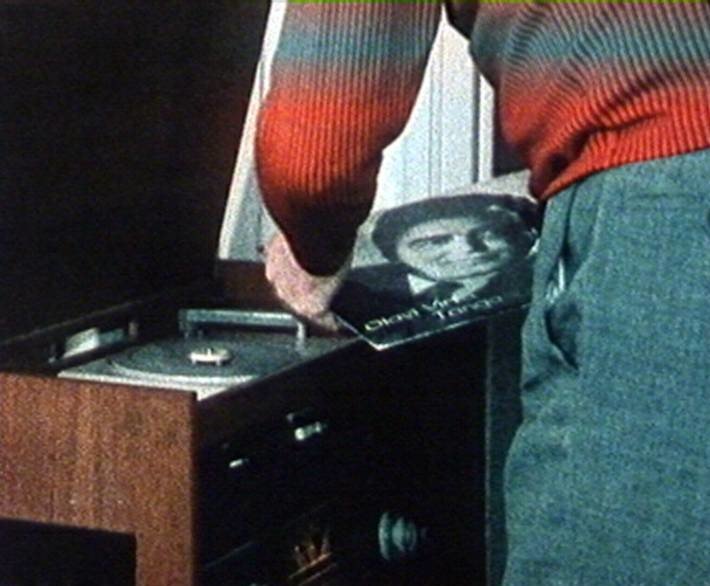
Olavi Virta (1972)
Credit: National Audiovisual Archive, Finland
Questions such as these would prove to be the motor of von Bagh’s work to come. After half a dozen years of enforced silence (he kept himself busy by running the Finnish Film Archive as well as his magazine Filmihullu), von Bagh returned to filmmaking, and stayed with it. Almost all of his works, with few exceptions, are essayistic montage films about Finnish history made principally for television. Film by film, von Bagh went on constructing his personal vision of Finland. He looks back at a past most people have already forgotten or no longer care about – the cinema of Finland’s studio era, the popular music culture of the 40s, 50s and 60s, the nation’s decisive moments, to mention just a few of the subjects he returns to time and again. Each of them is an act of remembrance – in defiance of a culture run by fads and fashions, a culture not of careful development but crude and blind ‘progress’.
If one sees just one or two of von Bagh’s works – recent titles include the four episodes of Sodankylä Forever (2010) and the three episodes of The Story of Mikko Niskanen (2010-2011) – one is likely to be struck by their directorial excellence, the sharpness of their editing, their exquisite sense of pace and the extraordinary beauty (in the later works) of the voiceovers; if one starts studying his films for real, one will quickly begin to appreciate how personal these films are, how certain scenes appear again and again across decades and subjects, suggesting that they have an almost totemic quality for the director.
Von Bagh’s cinema constitutes one of the grandest and most moving examples of Benjamin’s notion of ‘revolutionary nostalgia’. There’s a lot to be learned from Remembrance and everything that preceded it. Whichever von Bagh film one comes across first is as good a point of departure as any.
-
Sight & Sound: the January 2014 issue

In our January issue: The best films of the year, plus Spike Jonze’s computer romance, Bong Joonho versus Harvey Weinstein and Alexander...
-
The Digital Edition and Archive quick link
Log in here to your digital edition and archive subscription, take a look at the packages on offer and buy a subscription.




